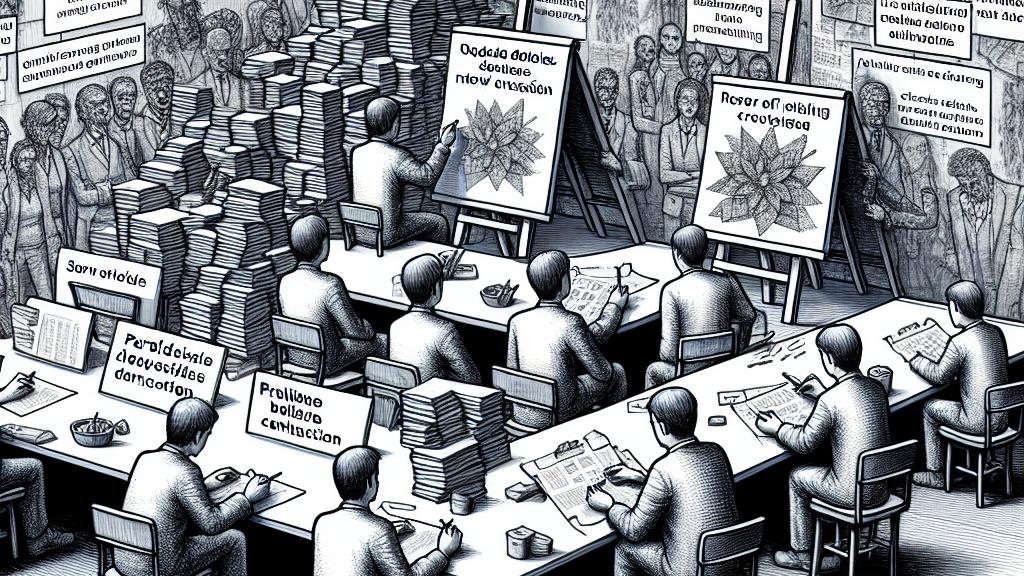Understanding Parallel Belief Contraction in Artificial Intelligence
Overview
- Unpacks the critical concept of belief contraction within AI frameworks.
- Explains the nuanced differences between parallel and serial belief changes.
- Stresses the necessity of consistency when adapting beliefs.

What is Belief Contraction?
Belief contraction is a fascinating and essential component in artificial intelligence. Just like a student revising for an exam must discard outdated notes, AI systems must update their beliefs when they encounter new or conflicting information. For instance, if an AI learns that a particular diagnosis is incorrect, it must recalibrate its understanding to avoid making false conclusions. This process can happen in two distinct ways: through serial contraction, where beliefs are revised one at a time, or via parallel contraction, which allows for multiple beliefs to be adjusted simultaneously. Imagine an artist who decides to revamp an entire mural rather than simply fixing one section—this is the essence of parallel belief contraction!
Parallel vs. Serial Belief Change
To better appreciate the impact of these two approaches, consider this: serial belief change resembles a meticulous chef taste-testing each ingredient to perfect a dish. In contrast, parallel belief change is akin to a chef who decides to overhaul the entire recipe in one bold move. This is vital in scenarios like autonomous vehicles navigating busy streets. When they encounter unexpected situations like roadblocks, they can't afford to change just one aspect of their driving strategy; they need to swiftly adapt their speed, route, and even braking simultaneously to ensure safety. Such agility reflects the power of parallel belief contraction in enhancing decision-making capabilities in AI systems.
The Importance of Consistency
Now, let’s focus on why maintaining consistency is absolutely crucial during belief contraction. Imagine a team project where one teammate unexpectedly drops out; the rest of the group must quickly reassess their roles to ensure the project remains on track. The same principle applies to AI: when significant beliefs are altered, ensuring that the remaining beliefs dovetail seamlessly is essential. For instance, the order aggregators designed by Booth and Chandler operate like a conductor guiding an orchestra, ensuring that all the beliefs are harmonious despite the changes. This alignment not only makes the AI's behavior more logical but also instills confidence in its decisions. Just like a well-rehearsed performance captivates an audience, a consistent set of beliefs enhances the effectiveness and reliability of AI systems.

Loading...